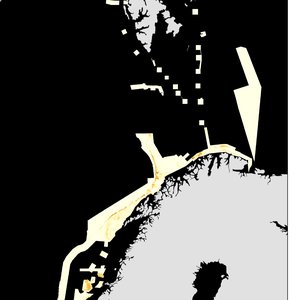MAREANO general biotopes - 2022 update - technical summary
Firstly, we outline the methods used for classification of video observations into 43 general biotopes (the point map layer). We then summarise how full coverage maps showing the predicted distribution of general biotopes (the raster map layer) were produced using spatially-explicit modelling. This is the first time the entire MAREANO video dataset has been analysed together to produce a unified biotope classification and map; previous classifications and predicted maps were based on analysis of sub-areas.

